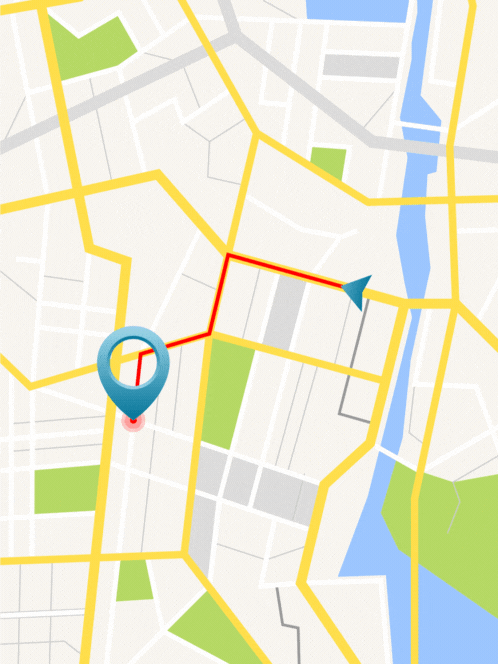Find the best LASIK eye surgeons in the USA.
Looking for the best laser eye surgery locations near you? Check out our LASIK directory to quickly find the top rated eye centers close to you with business contact details.

Looking for the best laser eye surgery locations near you? Check out our LASIK directory to quickly find the top rated eye centers close to you with business contact details.

In our articles area, we do our best to provide accurate and current information so you may choose the actions that are best for your eye health. We'll explain the factors that contribute to vision issues and blindness, as well as the warning signals, risk factors, and potential options to consider.
More About Us
With the aid of advancements in medical technology, we may now enhance, safeguard, and restore our vision. Now that procedures like LASIK, cataract surgery, and PRK exist, you can live an improved, more enjoyable life with fewer difficulties. Find out more about these treatments' potential for you.
Medical technology has taken leaps and bounds in helping us treat, protect and restore our eyesight. From LASIK to Cataract surgery and PRK, countless people are benefiting from these developments. Imagine a future where you have fewer worries about your vision. Let these surgeries pave the way for a happier, healthier you. Embrace the possibilities and explore how these treatments can improve your quality of life.
LASIK is the most widely used and familiar laser vision correction procedure. This technique can help with myopia, hyperopia, and astigmatism, and can be an alternative to glasses or contacts.
Cataract surgery is a procedure that helps you regain clear vision. It involves removing your eye's natural lens and replacing it with a new one.
Eye surgery is now commonplace, so whatever your vision or aesthetic objectives, there is likely a safe and reliable surgical approach to help you.